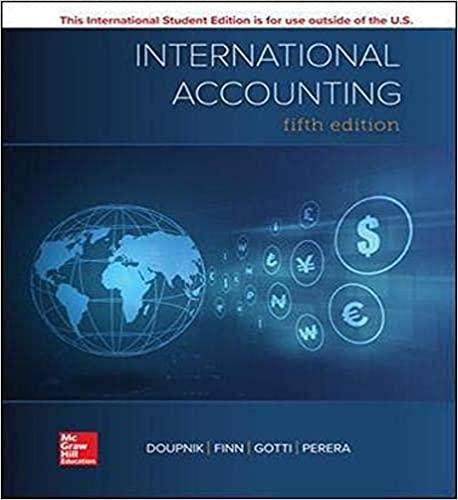Answered step by step
Verified Expert Solution
Question
1 Approved Answer
taxation how do you understand this ? help me understand about Mrs. S please, what was really happening ? Case: Shoucair v I.T. Assessment Committee
taxation how do you understand this ?
Case: Shoucair v I.T. Assessment Committee (Jamaica, 1952) Mr. and Mrs. Shoucair made a joint income tax assessment. Prior to 1945 Mrs. Shoucair (Mrs S.) was the owner of 25 properties which were rented to tenants and the income from which was taxed. In 1946 Mrs. S acquired 13 other properties, of which 10 -called the Cas properties - were bought in one transaction. Mrs. S said that this purchase was to extend her investment in real estate with the object of renting to tenants. In Jamaica at this time (just after the war) rents were controlled by the Rent Restriction Law of 1944, an emergency measure, and it was assumed that since the war was over that this would soon be repealed and the rents could be increased, thereby increasing the income of Mrs. S from these properties. Some of these properties were bought with a lease in force with existing tenants which Mrs. S continued. By 1949 within three years after the Cas property purchase, seven of these ten properties had been sold at a profit. The Assessment Committee claimed that these sales constituted trading in properties and therefore Mrs. S. was liable to tax on the income from this trade, namely the difference between the buying price and the selling price of the properties. An assessment was raised to this effect. The Shoucairs in their joint assessment submitted that the income from the rentals was taxable (as in previous years) but the gain on the sale of the properties was not income but a capital gain and as such was not taxable. The court heard evidence concerning the circumstances of the sale of each of the Cas properties. It was found that Mrs. S had not sought sales but circumstances had brought a sale about. In one the tenant had died and a merchant approached Mrs. S to purchase, she agreed then regretted it, tried to back out and when faced with a possible law suit she concluded the sale. Barclays Bank offered to buy three adjoining properties on King street and again Mrs S agreed and then tried to back out and completed only when Barclays threatened to sue. Other circumstances were one property was damaged by fire but a good offer was received, the sixth property was sold to a merchant who urgently had to find new premises and concerning another sale - a tenant made a very good offer which was unlikely to be repeated.. It was held that on the facts the Cas properties purchased and later sold were not in the nature of trade; that the difference between the purchase price and the sale price was not income, but an accretion to capital, and that Mrs. S was not liable to pay tax on this difference. In the Shoucair case the main issue was whether the purchase and sale of the Cas properties constituted trading in property. This issue can be examined in the light of the badges of trade as follows help me understand about Mrs. S please, what was really happening ? 

Step by Step Solution
There are 3 Steps involved in it
Step: 1

Get Instant Access to Expert-Tailored Solutions
See step-by-step solutions with expert insights and AI powered tools for academic success
Step: 2

Step: 3

Ace Your Homework with AI
Get the answers you need in no time with our AI-driven, step-by-step assistance
Get Started


